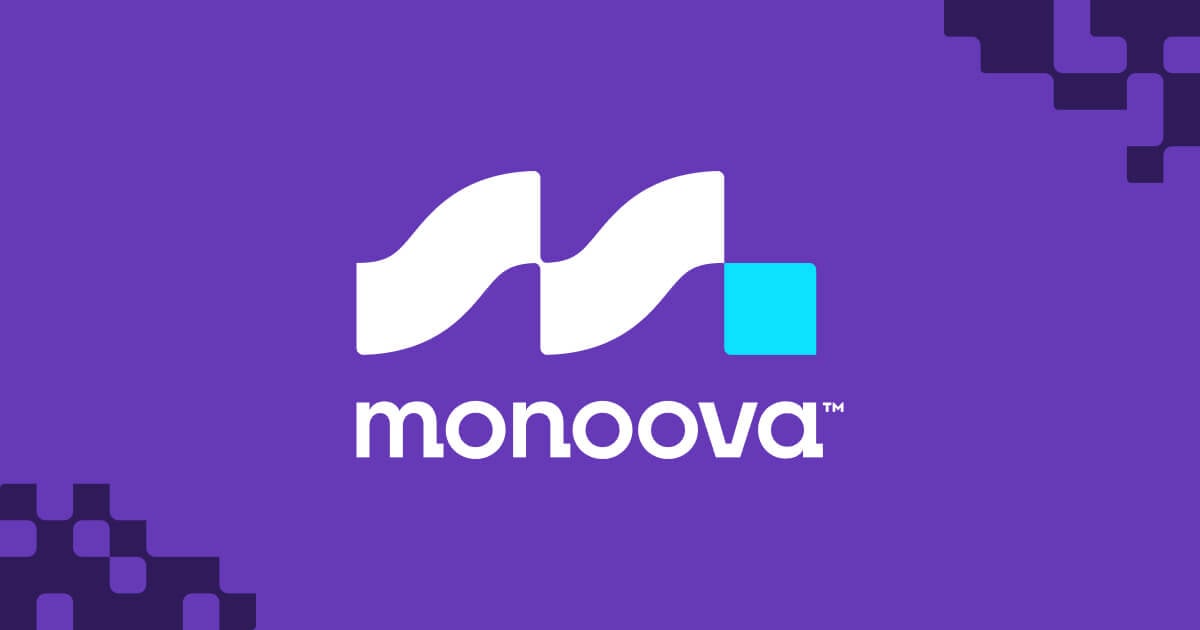Understanding the Distinct Differences Between PR and Marketing
It’s a common misconception that marketing and PR are somewhat interchangeable, or that PR is purely a marketing function.
But one of the fastest ways to alienate a journalist is to treat them like they are there to market your company or product.
The purpose of journalism is to report the news that matters to their audience, not to make you look good – even if that can be the outcome of quality PR.
To shine in the media requires a completely different strategy to what is involved in marketing your product or service.
Here we explain why this is the case.

Different Goals
The goal of marketing is to encourage potential and current customers to buy your product or service.
The goal of PR is instead to build the credibility and broad market understanding of your company by convincing high-quality, credible, and independent journalists to report your news.
This builds your credibility in the eyes of a large variety of stakeholders, with customers being just one of these. Revenue is also often the least valuable and most short-sighted outcome of PR activities.
More valuable, long-term, and strategic outcomes include improving the value of your company in capital markets and for fundraising, attracting and promoting partners or portfolio companies, influencing government and/or policy, influencing or preventing regulatory changes, getting on the radar of key local and global industry stakeholders, and attracting and retaining the best talent from around the globe.
Different Target audiences
The target audience of marketers is generally limited to current and future customers, or distribution partners.
On the contrary, PR activities should reach and influence every single category of stakeholder with the ability to impact the success of the company: industry bodies, investors, government and legislators, regulators, potential partners, influencers, industry peers, broader society, and the media itself.
These audiences cannot be “sold” to. Rather, they need to be influenced, over a longer period of time, on a range of high-level topics and issues.
Different ROI
Marketing ROI is often measured in terms regarding customers and revenue: cost per acquisition, customer lifetime value, and customer retention rate. The marketing budget is often also many multiples more than the PR budget, because advertising activities cost money.
ROI for public relations is instead measured by 1) the volume of positive media coverage your company receives and 2) the breadth and depth of influence, credibility, and understanding that this creates within your target audiences.
This could look like many different things, depending on your company’s needs:
- Important journalists reciting your key messaging about your industry, or using you as an example in their stories
- Investors, brokers, and the broader capital markets knowing all about your company before you’ve even introduced yourself – making capital raising significantly easier and potentially raising valuations
- Securing a very large investment round ahead of your lesser-known peers and/or investors competing with each other to win your favour and an allocation
- Being selected as a keynote speaker at important events
- Having your opinions repeated by influencers across various channels
- Government policy, regulatory changes, or legislation leading to positive commercial outcomes
- NOT being mentioned in negative media stories
These outcomes can be achieved with a budget of $10k to $20k per month over 6 to 12 months, instead of hundreds of thousands or millions of dollars in advertising and sponsorship spend.
The influence and credibility could also endure well beyond when any ads stop running.
The Credibility and Challenges of PR vs. Marketing
Marketing activities are largely paid for, or self-published. So you’re not convincing anyone else how interesting or truthful you are – you just have to pay for the space.
Of course, you still need to be engaging and credible for your marketing activities to translate into sales! But you are still guaranteed any space you pay for.
PR, on the other hand, involves convincing a credible and independent journalist to publish your content or ideas.
This journalist has likely received thousands of similar pitches that same week. He or she also probably has a very finely-tuned bullshit detector.
Journalists will be extremely put off, and ignore you, if they think you are exaggerating claims, concealing important facts, or pressuring them to run a “puff piece” that resembles marketing collateral.
So it’s critical your content is valuable to the journalist and their readers – and shameless self-promotion will not cut the mustard.
This is why coverage in third-party media channels is often considered far more legitimate and credible than anything obtained through marketing channels.
Different Timeframes
Marketing activities are often project-based and seek to drive instant, tangible sales success.
The benefits and value of public relations, on the other hand, tend to accrue over years of consistent investment in strategic communications and activities.
As a result, public relations must be approached as a strategic, high-level, and long-term investment in the success of the company.










